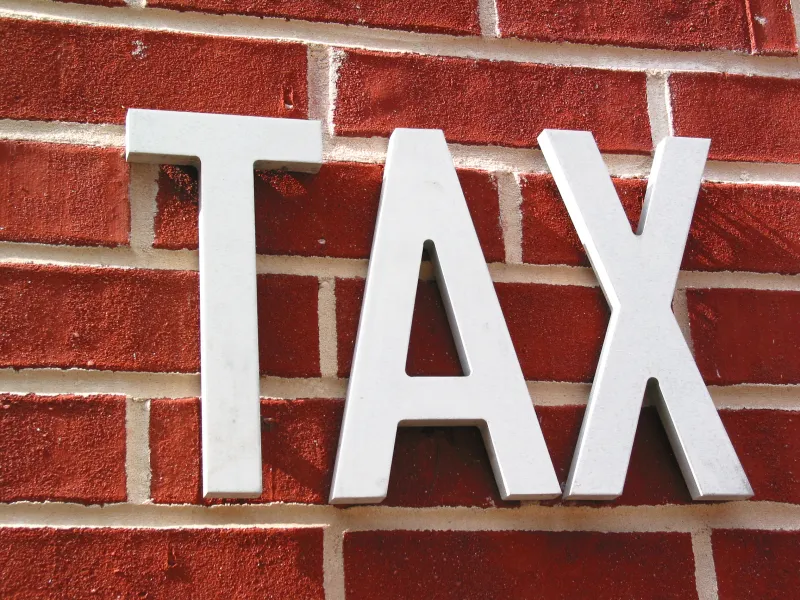
When to register for VAT
If any one of the following conditions is met, a business must register for VAT:
At the end of the calendar month, the value of taxable supplies for the 12-month period ending at that time (or period of less than 12 months since starting the business) has exceeded the specified limit. This is referred to as the historical turnover condition.
The company expects that the value of its taxable supplies for the next 30 days will exceed the specified limit. This is referred to as the future turnover condition.
The specified limit is £85,000.
If a business meets the historical turnover criterion, it must register for VAT within 30 days of the end of the month..
The company must register for VAT before the end of the 30-day period if it meets the future turnover criteria. The business is then registered from the start of that period.
For late registration, a penalty may be evaluated based on the probable loss of revenue.
Supplies that would be taxed at the standard rate, the reduced rate, or the zero-rate are referred to as "taxable supplies". When computing the VAT registration threshold, some supplies can be excluded, such as:
exempt supplies (financial services, certain property transactions, insurance, health, education, etc.);
supplies relating to capital assets (other than land, which may be exempt and excluded under that heading);
distance sales that are treated as supplied in another EU country;
supplies of distance sales made by an overseas person in the UK; and
supplies made outside the UK that are outside the scope of UK VAT.
Voluntary registration for VAT
The business has the option of registering for VAT on its own. This could be done for a variety of reasons, including:
convenience of administration, for example, if registration is unavoidable at some point, early registration eliminates the need to monitor turnover on a regular basis, as well as the risk of a penalty for late registration. If a person registers for VAT late, HMRC may impose a penalty. Having a VAT registration number might be significant as a matter of image, to avoid giving the impression of a small business; and being able to recover VAT on certain costs are all benefits of voluntary registration.
There may, however, be valid reasons for not registering for VAT, such as:
All standard-rated and reduced-rated supply must be subject to an output tax, which raises prices. This is a problem if customers are unable to recover all input tax,
VAT-registered individuals must file VAT returns, which can be a cumbersome process.
The optimum course of action will be based on the particular situation.
Pre-registration expenditure
VAT incurred on pre-VAT registration expenditure can be recovered if the following conditions are met:
in the case of VAT incurred on goods, the goods must have been obtained within four years before registration and the goods must still be on hand at the date of registration, either in their original state or incorporated into other goods; and
in the case of VAT incurred on services, the services must have been obtained within six months before the registration date and not disposed of before registration.
As with all claims for repayment of VAT the trader must hold the necessary evidence (e.g VAT invoice for the purchase).
In addition, a business can reclaim input tax on goods or services acquired on its behalf prior to incorporation if it meets the following additional requirements:
the supplies must have been obtained for the benefit of the company or in connection with its incorporation;
the person who obtained the supply must have become a member, officer or employee of the company, and must not have been a taxable person at the time of the supply or importation;
the company must have reimbursed the person who acquired the supplies, or given an undertaking to do so; and
the goods or services must have been obtained for the purposes of a business to be carried on by the company, and must not have been used (even temporarily) for any other purpose.
VAT schemes
The company may wish to consider using a VAT scheme, such as one of the following, in order to reduce the administrative burden of being VAT registered.
The Annual Accounting Scheme
Businesses opting for annual accounting only make VAT returns once a year. However, they are obliged to make payments on account of the ultimate liability. The annual accounting scheme is only available to businesses which regularly pay tax to HMRC, not to repayment traders. In-Depth
Cash Accounting
The scheme allows businesses to account for VAT on the basis of payments made and amounts received rather than invoices issued and received. In-Depth
The Flat-Rate Scheme
This scheme is intended to assist small businesses by reducing the need to keep detailed records of purchases and sales. Scheme users issue VAT invoices as normal; however, the VAT payable to HMRC is calculated using a flat-rate percentage which is applied to turnover.
